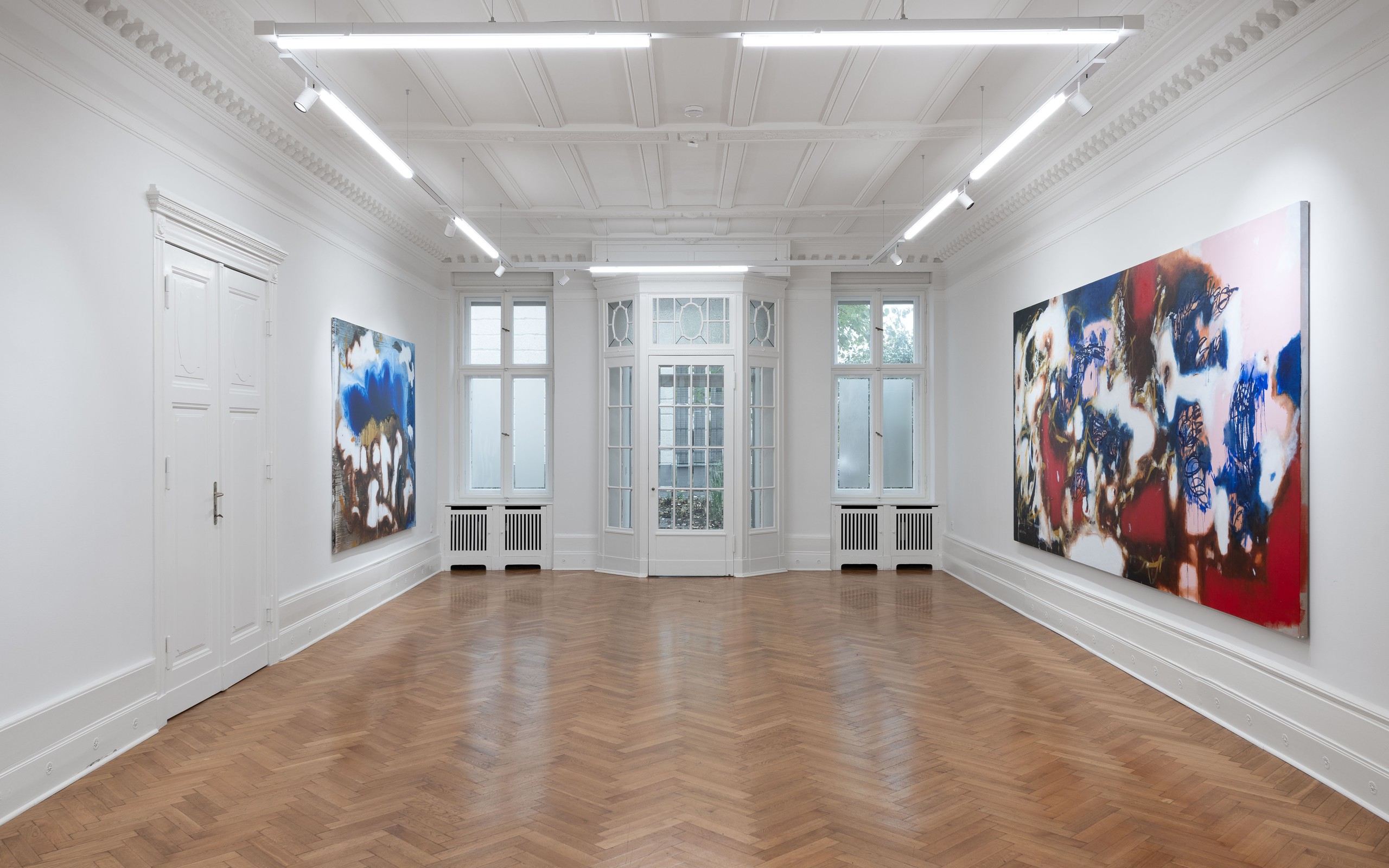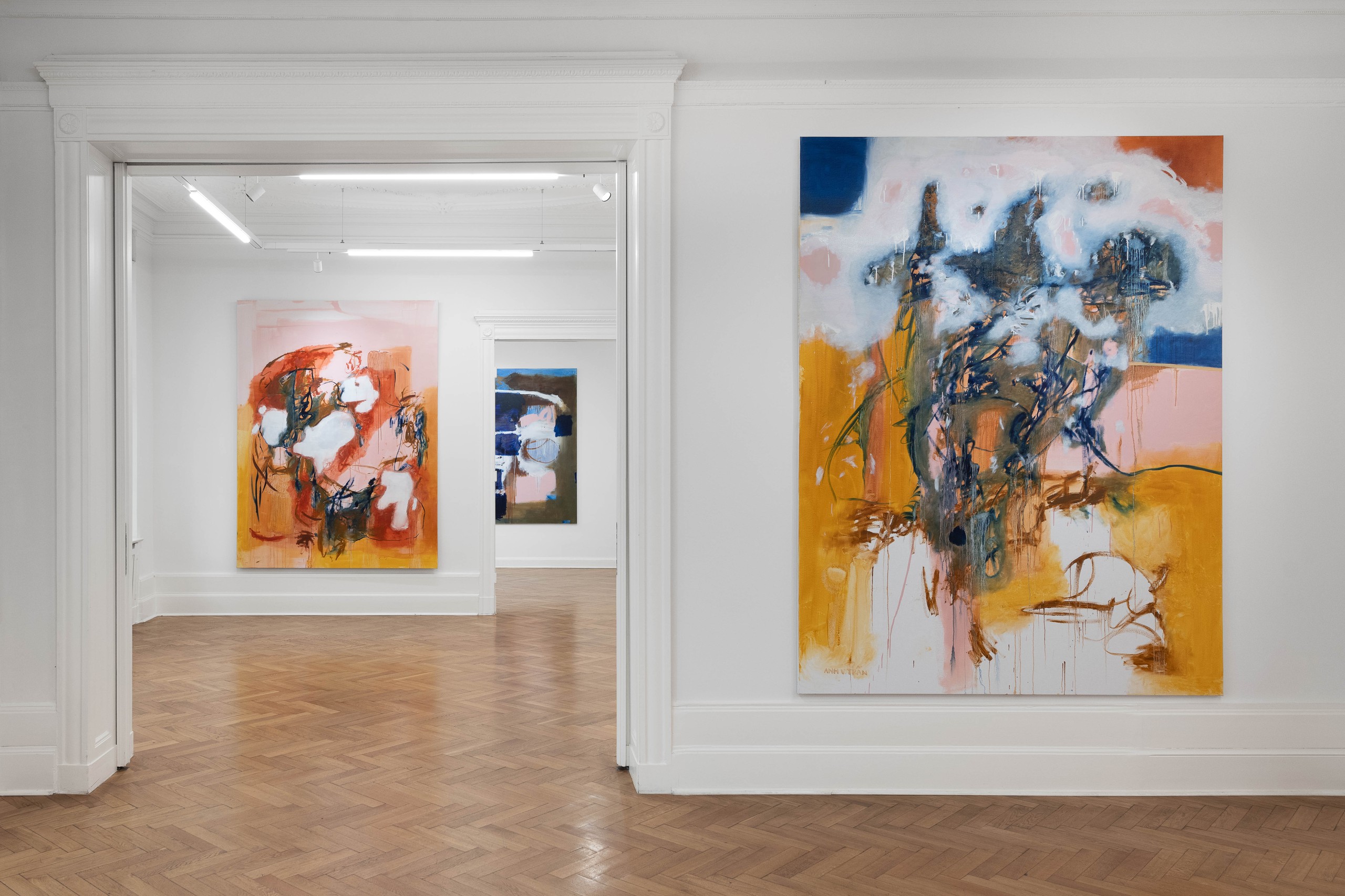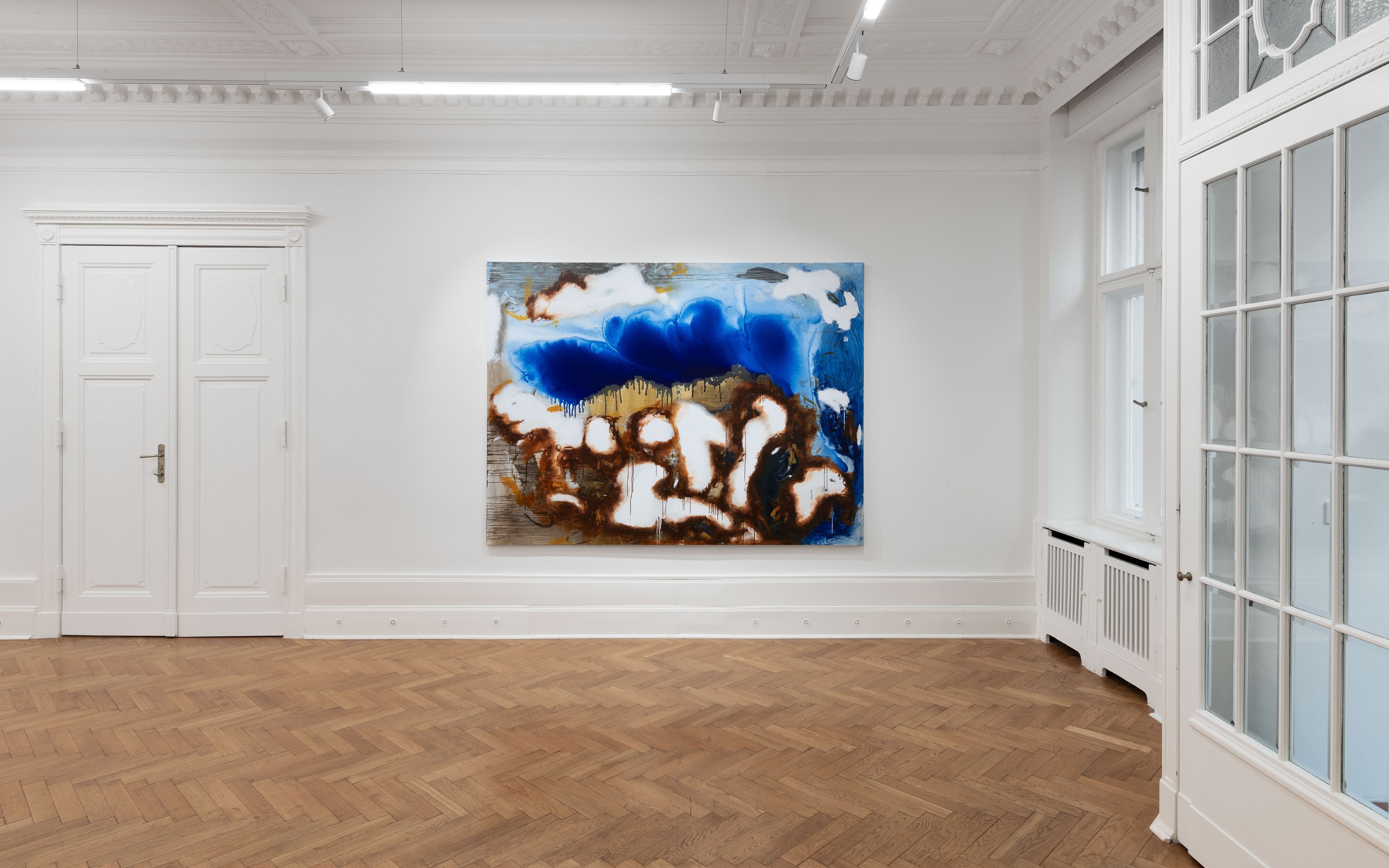Anh Trần
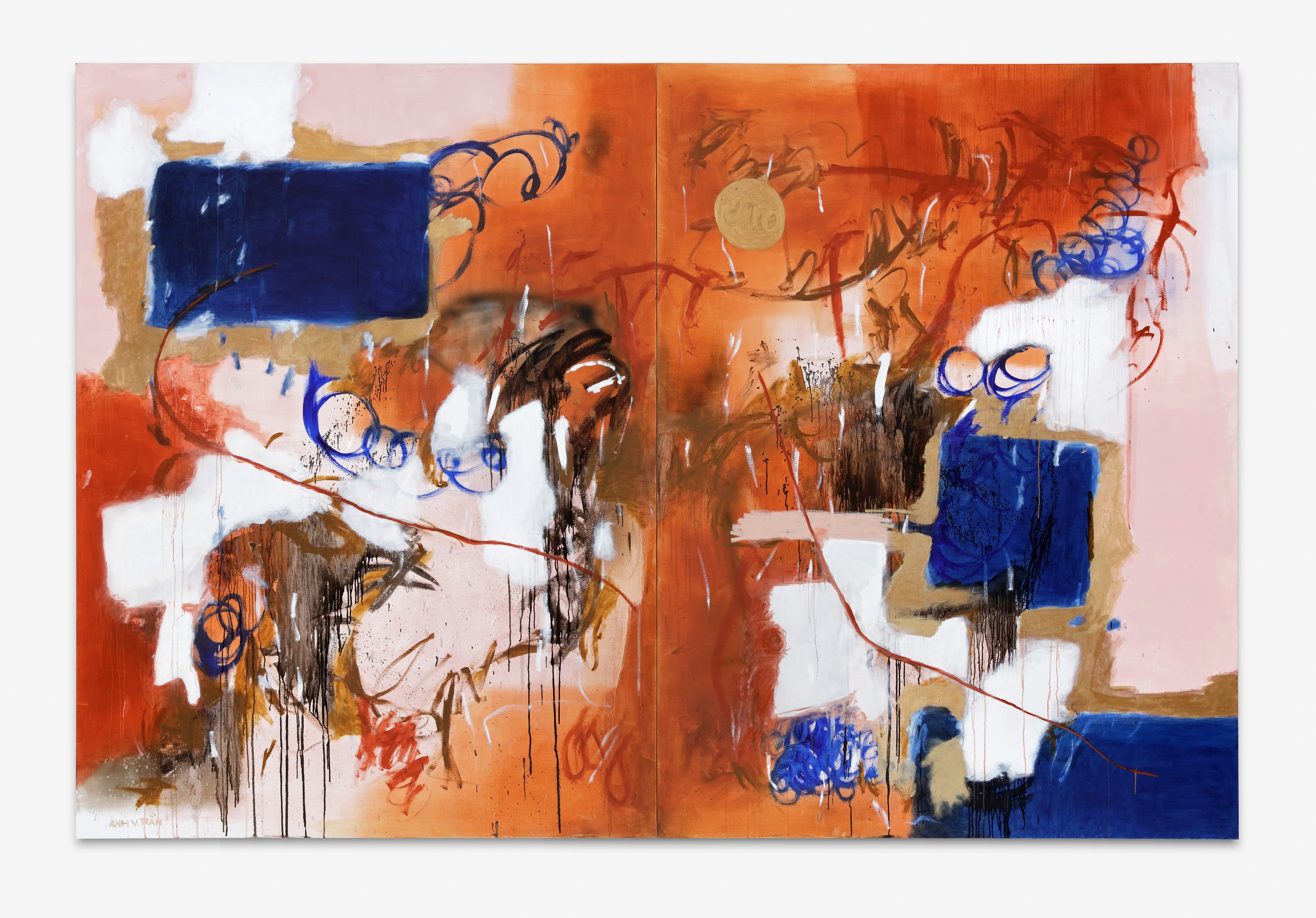
Anh Trần
Searching the sky for dreams (Secession), 2023
Acrylic, oil and flashe on linen
diptych
each 200 × 155 × 2.5 cm, 78 1/2 × 59 × 1 in
Anh Trần (b. 1989, Bến Tre, Vietnam) is based in Berlin. Trần’s painting experimentations consist of immersive representations, operating autobiographically within her own displacements. From her departure to Europe from Vietnam, after a decade spent in New Zealand, she developed abstraction as a response to historical academic restrictions - structured around Socialist Realism - by encompassing bold brushstrokes, expressive colors, layers, impasto, and collage. While living a diasporic experience, her aesthetic language underlines her interest in the linguistic differences between Western and South-Eastern countries’ artistic methods, in their closeness to situated political strategies. She earned an MFA from the Elam School of Fine Arts, The University of Auckland, and is a former Rijksakademie van Beedlende Kunsten resident, in Amsterdam. Her work has been presented as solo exhibitions at Fitzpatrick Gallery, Paris; Galerie Fons Welters; Amsterdam and as part of various group exhibitions at Zeno X Gallery, Antwerp; Deborah Schamoni, Munich; Bortolami Gallery, New York; Museum de Fundatie, Zwolle; Carnegie Museum of Art, Pittsburgh and Museum Dhondt Dhaenens, Deurle.
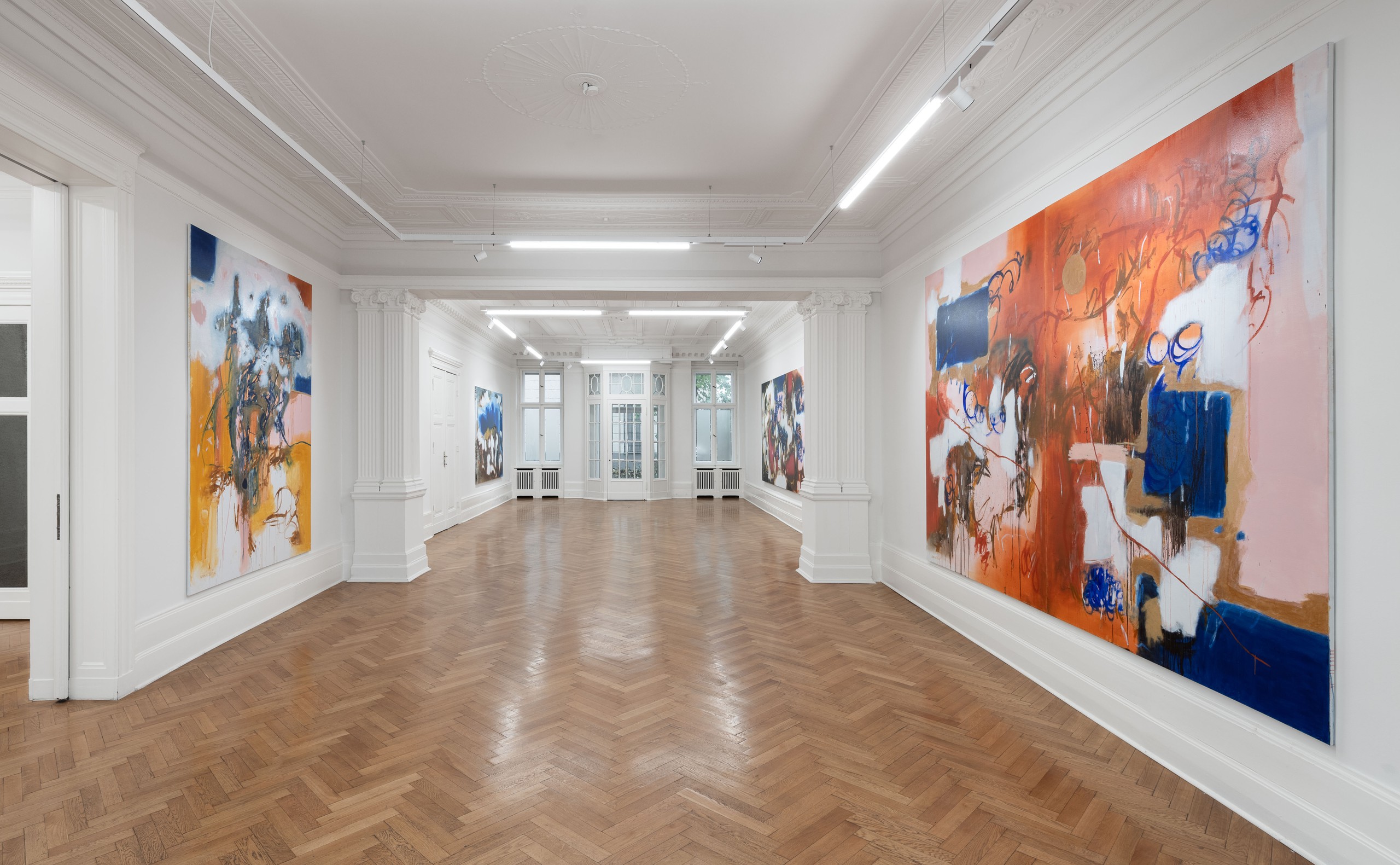
Installation view, MCMLXXXIX, Société, Berlin, 2023
Société is pleased to announce MCMLXXXIX, Anh Trần’s first solo exhibition with the gallery. Trần’s intuitive, expressionistic approach to painting records different speeds and textures of movement and thought on each canvas. Developing multiple works at one time, her immersive large scale paintings map traces of their own production in synergetic constellations.
Painting for Trần often takes the form of a private performance. In his consideration of the dynamic, open-ended character of gestural abstraction, art historian David Joselit uses the term “passage” to describe different artistic approaches. The passages undertaken in Trần’s paintings are diverse and varied, bringing together motifs from art history, her own mark making, published photographs, videos, and information. In this sense, “abstraction is an intermediate stage of transporting an image from one time or location to another.”
In the space of one painting, Trần’s mark making will range from energetic and circuitous to a slow looming drift. Other forms, like blue rectangular shapes and cloudy white puffs that span across every canvas in the exhibition, come close to what Joselit describes as “the ingrown mark.” Associated with painters like Joan Mitchell and Cy Twombly, such marks occupy their own space, existing apart from or in tension with a unifying network or field, and posit “distinct and largely disconnected passages and disjointed temporalities.” In its atmospheric, looping visual language, Trần’s practice obliquely engages the fraught legacy of Abstract Expressionism: the aggressive masculinity of the “grand gesture,” its canonization as a western story, and its various appropriations as a tool of political ideology. Yet for Trần, "the abstract gesture now designates the transfer of information rather than the production of new information."
Trần’s practice performs reenactment and relocation not necessarily of the same images, but of the abstract as a mode of seeking freedom. She consciously grapples with the history of abstraction and posits her own highly intuitive, dis-identified, and “nomadic” approach, defamiliarizing established visual tropes to articulate a mode of aesthetic subjectivity and identity that challenges traditional, fixed notions of self, belonging, and dislocation.
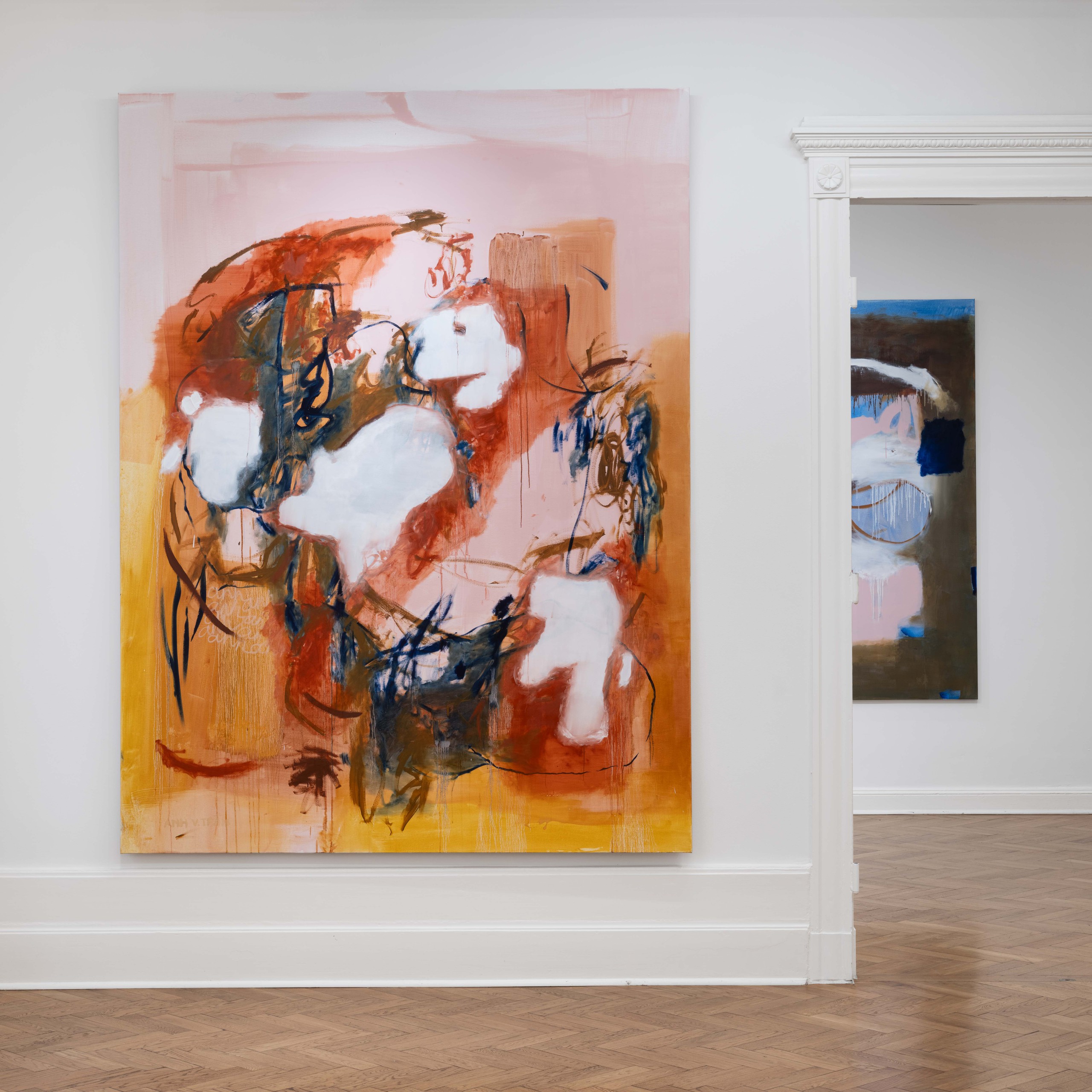
Installation view, MCMLXXXIX, Société, Berlin, 2023
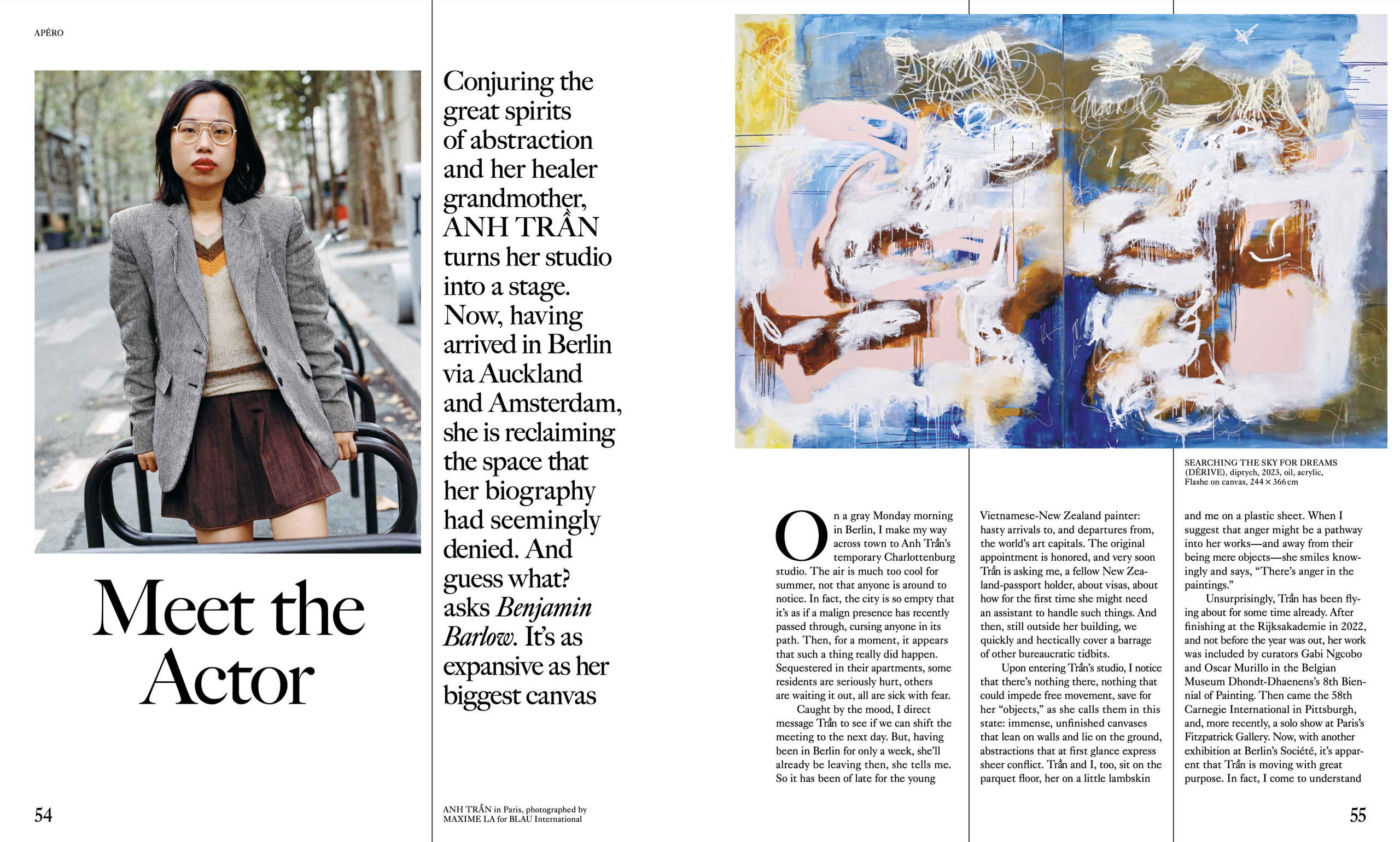
BLAU INTERNATIONAL No. 9, Winter 2023/2024
Text: Benjamin Barlow
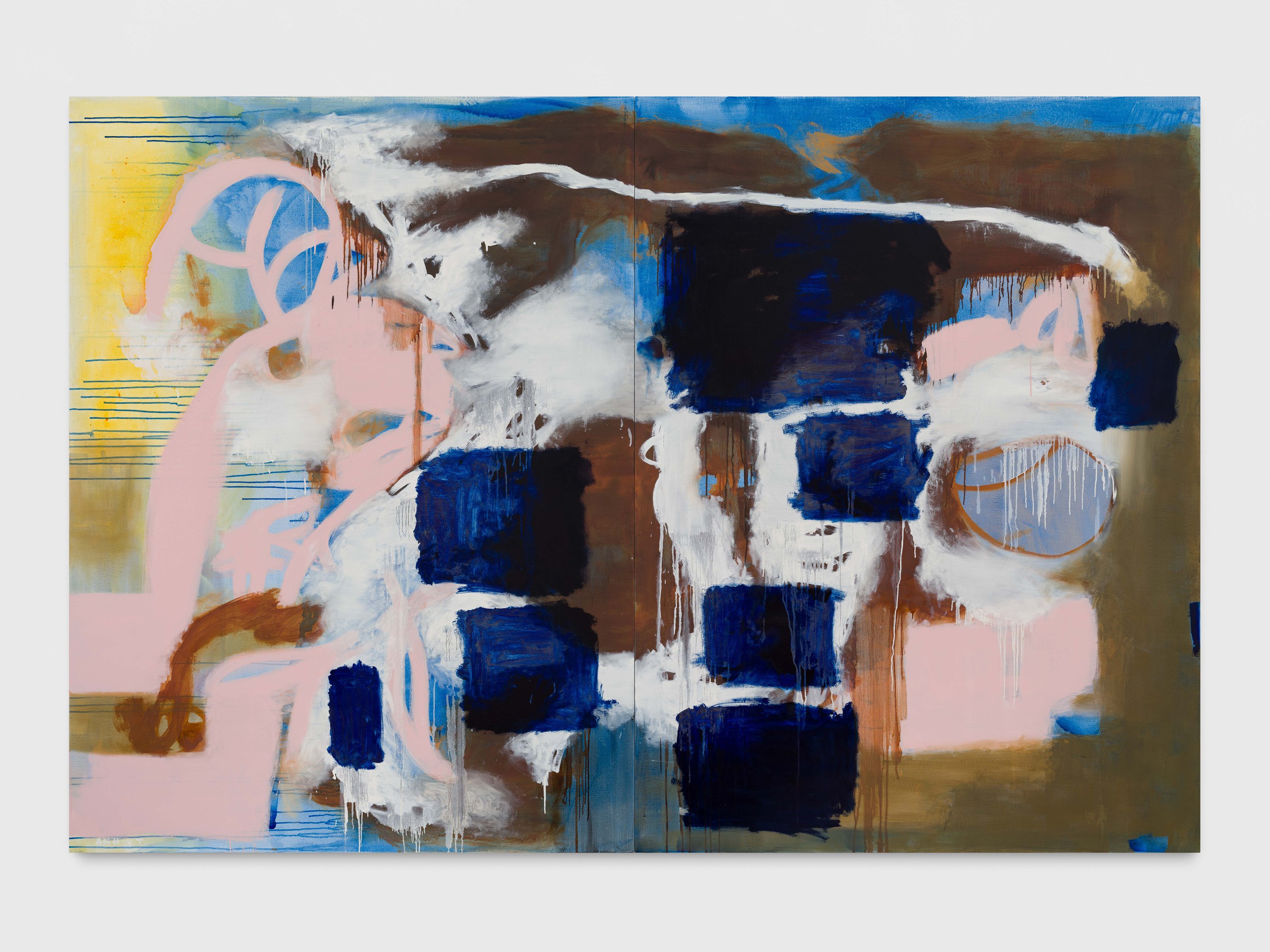
Anh Trần
Searching the sky for dreams (a certain slant of light), 2023
Oil, acrylic, and Flasche on linen
Diptych
Each 200 x 155 x 2.5 cm // 78 1/2 × 59 × 1 in
Soul Mapping
Zeno X Gallery, Antwerp Borgerhout, 2023
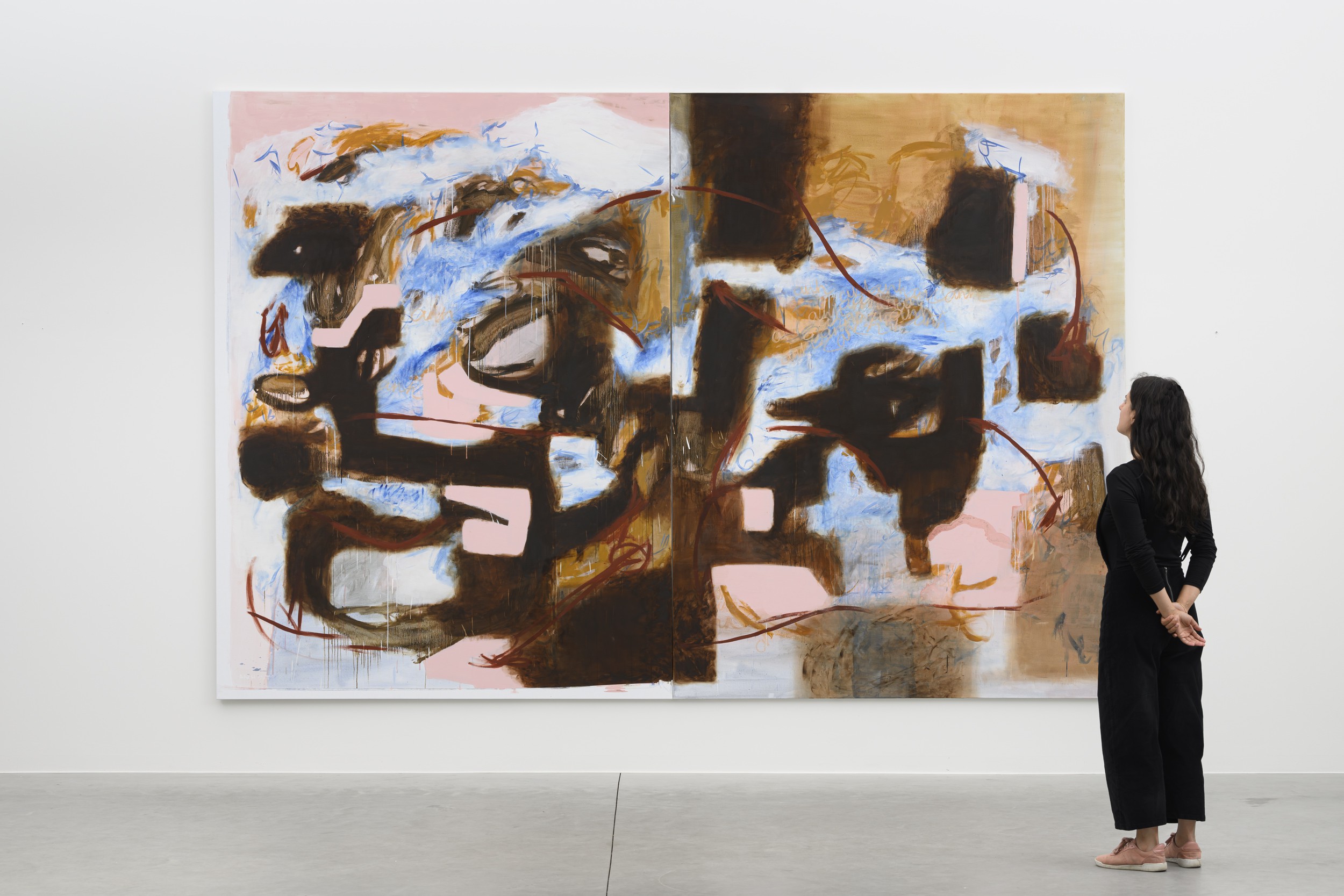
Installation view, Soul Mapping, Zeno X Gallery, Antwerp Borgerhout, 2023
Anh Trần
Searching the Sky for Dreams (And the night was dark and it illuminated the night), 2023
Acrylic, oil and Flashe on linen
Diptych
Each 244 × 183 cm // 96 × 72 in
Some Landscapes
Bortolami Gallery, New York, 2023
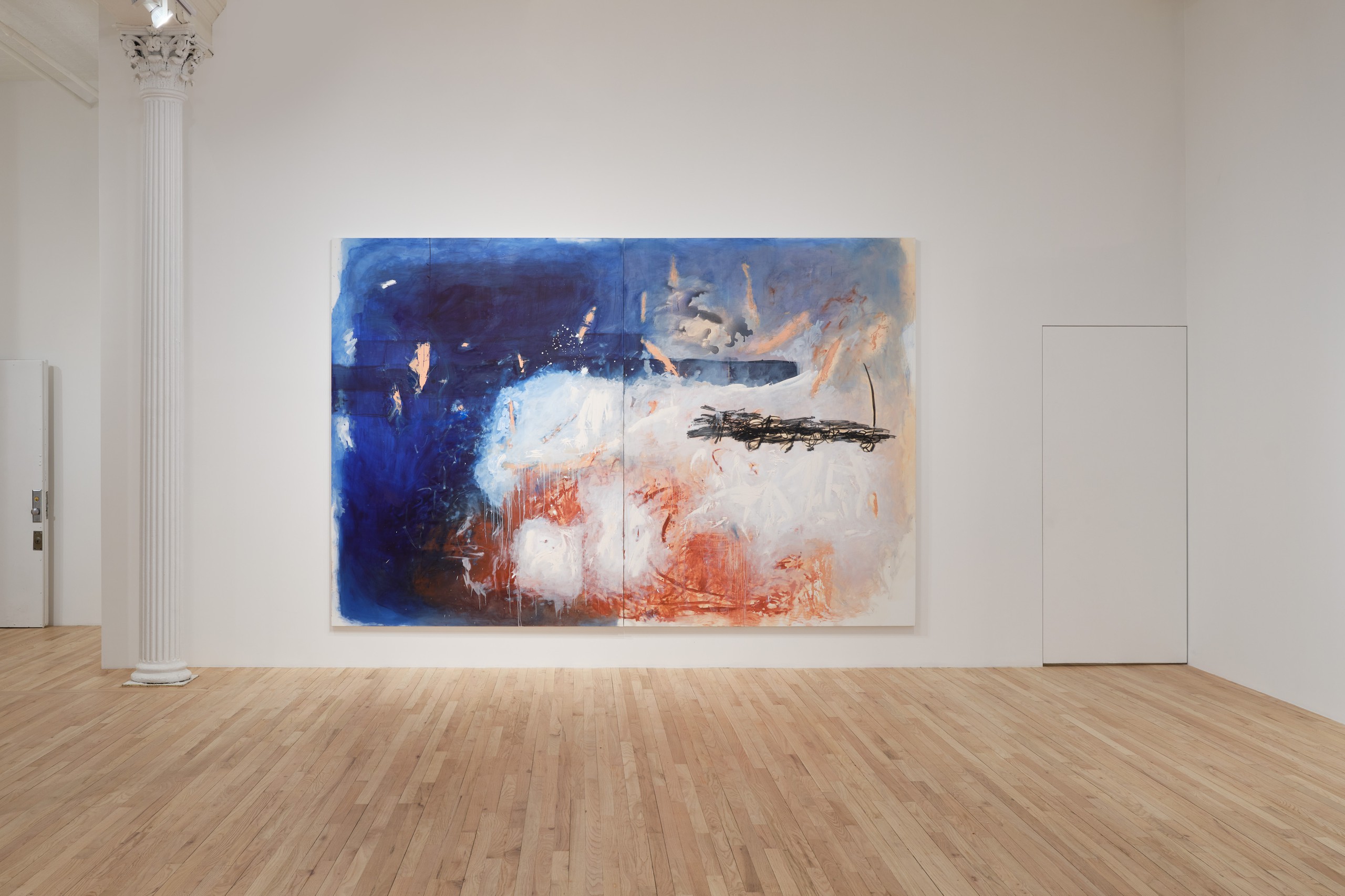
Installation view, Some Landscapes, Bortolami Gallery, New York, 2023
Some Landscapes brings together works by a group of five international artists.
The exhibition includes new paintings by Robert Bordo, Andreas Eriksson, Marina Rheingantz, Christine Safa, and Anh Trần.The natural world, in its blending of the material and immaterial, was an early and rich source for abstraction. Helen Frankenthaler commented on nature’s instinctive transformation into painting: “Anything that has beauty and provides order (rather than chaos or shock value) can be resolved in a picture (as in nature) and gives pleasure – a sense of rightness, as in being one in nature.”*
Culling from the long tradition of abstract landscape painting, shaped and morphed by a variety of geographies and the tendencies they reveal, the artists in this exhibition each push the constraints of an ever changing and continuously generative genre.
Abstract Expressionism’s long shadow is the eave under which Anh Trân paints. Its twinned history as both formidable radical invention in painting and American postwar political vehicle is studied in relation to the artist’s Vietnamese heritage. Like many Abstract Expressionists before her, Trần paints horizontally, a quasi-topographic physical assertion over the picture plane that doubles as performance.
*(Frankenthaler, Helen. Quoted in “As In Nature: Helen Frankenthaler Paintings” (press release), The Clark Art Institute, Williamstown, MA, 2017, via the Helen Frankenthaler Foundation.)
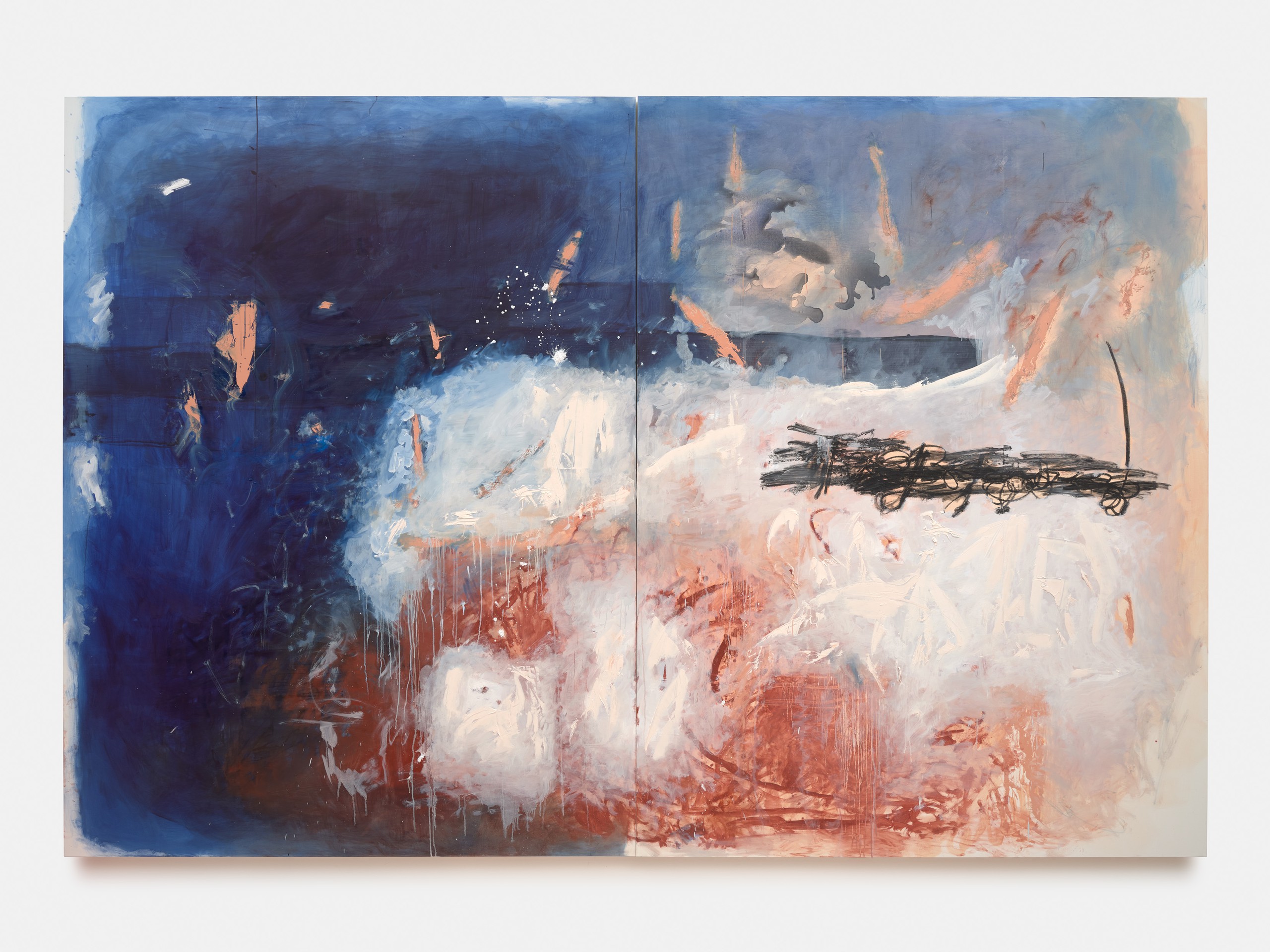
Anh Trần
Searching the sky for dreams (an August shore), 2023
Oil, acrylic, Flashe, and spray paint on canvas
Diptych
Each 244 × 183 cm // 96 × 72 in
Brave New World - 16 Painters for the 21st Century
Museum De Fundatie, Zwolle, 2023
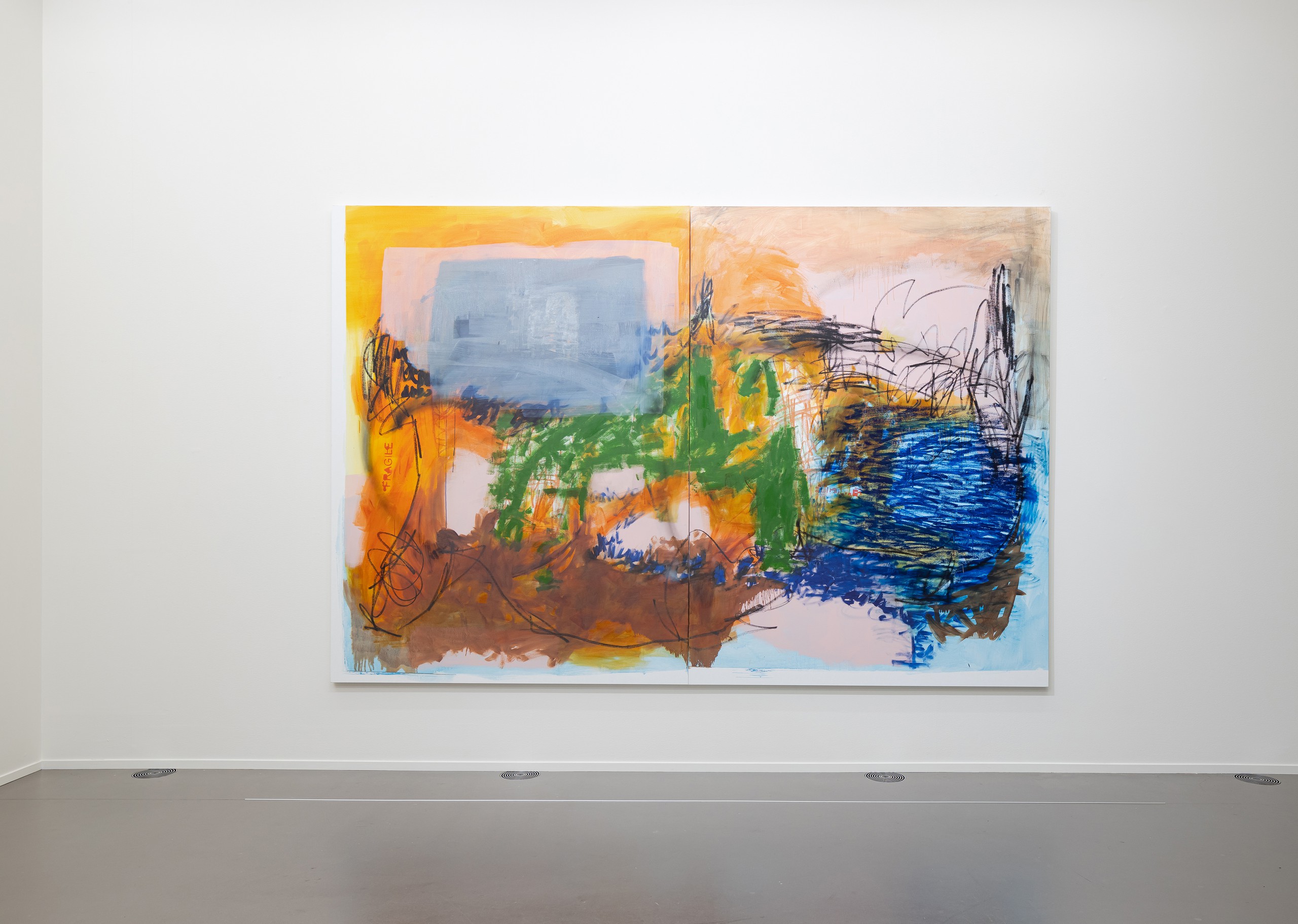
Installation view, Brave New World, Museum De Fundatie, Zwolle, 2023
Anh Trần
Searching the Sky for Dreams (rocks that touch the bottom of a boat), 2022
Oil, acrylic, Flashe, and spray paint on canvas
Diptych
Each 244 × 183 cm // 96 × 72 in
New meaning to abstraction
Meaning is a recurring subject in Anh Trần’s paintings, though she explores it so subtly that this is not immediately noticeable. Trần (1989) creates abstract canvases, large and overwhelming, in a style perhaps best described as ‘eclectic’. She rarely limits herself to one technique, but combines, within the framework of abstraction, everything you can think of. In The rescue will begin in its own time (2022), for instance, she uses oil paint, acrylic paint, spray paint and vinyl paint, painting as if she is eagerly digging up every single gift from abstraction’s grab bag: long, uniform bands of paint alternate with bare patches, grids, letters (seemingly painted carelessly) and short scribbles. Yet each canvas is also a unity – a powerful and seductive one. It’s abstraction at its richest. But Abstract Expressionism... as a movement... isn’t that, well, history? Is a form of art that has always pretended to solely refer to itself still relevant in these socially turbulent times?
But this self-referential quality is not present in Trần’s paintings– let alone a hermetic one. The art world’s response tells us as much: although Trân only completed her residency at Amsterdam’s Rijksacademie just over a year ago, her work has already featured in a major biennial exhibition at Museum Dhondt-Dhaenens in Deurle, Belgium, and she was a participant in the Carnegie International, a highly prestigious triennial in Pittsburgh, in the United States. This happened not just because everyone notices how perfectly she moulds this form of abstraction to her liking, but also (and especially) because, despite its long history, Trân manages to give it new meaning.
To appreciate that meaning, it is worth remembering that classical Abstract Expressionism, as it emerged in the United States in the late 1940s, was introspective only in form; it actually played an important role in establishing a new world order in the years after World War II. Germany and Italy had been defeated, Europe was in tatters, and it soon became clear that America, the ‘liberator’, would become the new world leader and chief of the Free West. Money and cultural imperialism began to exert their influence, which in art meant that the European tradition, which had existed for thousands of years, would no longer be calling the shots – America would. A perfect group of candidates for that role presented itself almost immediately in the form of the Abstract Expressionists: young, iconoclastic artists such as Barnett Newman, Jackson Pollock, Willem de Kooning, Mark Rothko and Franz Kline. Their work embodied the way America liked to see itself; it was big, overwhelming and powerful, making it an excellent signpost for America’s new role in the global world order. And it worked: the influence of Abstract Expressionism on Western art, helped in part by American cultural dominance, was overwhelming. It was reinforced, as it turned out later, by the cia actively promoting Abstract Expressionism in Europe and the rest of the world as a symbol of superior American values: art that was free, autonomous and tough, that had broken away from the Old World. Add to this, as an ideological trump card, the idea that this type of abstraction represented universal values that were not tied to one single language or culture. American values became superior values – an idea so good, so powerful that American abstract painters dominated the art discourse for at least two decades.
Even in Vietnam, where Anh Trần grew up, the influence of the Abstract Expressionists made itself felt, although people never saw the great paintings in real life, only in books and magazines. For the Vietnamese, this cultural power also represented something else: it was the artistic language of their occupier, who had attacked and bombed their country for many years. For Trần, as a young painter, this raised a dilemma. She felt strongly attracted to the style, to the possibilities of this form of painting; her own country’s painting tradition, which was more refined, more narrative, more decorative, didn’t appeal to her much. But could she, as a young Vietnamese woman, work in the language of the occupier? Or did she need to change the meaning of this abstract, supposedly universal language? When she moved to New Zealand at the age of twenty, it truly began to dawn on her how complex language and translation can be, especially for young Vietnamese people. Trần said in an interview: ‘In Vietnamese, people never say: “I love you.” It’s crazy to say to your mom. In New Zealand, children say that to their parents every day. In Vietnamese, you don’t use the word “love” with your parents; there’s another word. [...] So, yeah, I’m a different person in Vietnamese. Or when I speak English, I’m different.’
Anh Trần’s work is about that difference, but also about appropriating a visual language laden with history. As such, it fits well in these times of recalibration. No wonder that at the great Joan Mitchell retrospective at the Paris Fondation Louis Vuitton, one of the most spectacular exhibitions of the past year, this female Abstract Expressionist painter, who had been relegated to the margins by her male colleagues and most of the (male) art world for years, suddenly emerged as one of the best artists of her generation, her works juxtaposed with those of ur-abstractionist Claude Monet.
Trần does the opposite: she doesn’t refer to concrete predecessors but investigates what happens when you approach Abstract Expressionism as a style from the perspective of a young Vietnamese woman. And a lot does happen. Those who see Trần’s canvases feel that new life is blossoming within a movement that had almost been written off. Trần’s palette is light and fresh,her style is freer, and she dares, no doubt partly because we are now further along in history, to stretch the boundaries of abstraction. Trần always produces her paintings on the floor, dancing around them as Pollock must have done, but also walking over her canvases. Underneath several layers of paint, as in Searching the Sky for Dreams (a pool in the rain), 2022, she incorporates the fragile stamps you usually find on crates transporting artworks, as if she is turning the painting inside out. Moreover, with titles such as Have You ever loved someone as deep as the ocean, 2021, she seems to give the viewer instructions in a way that would be almost blasphemy for the classical Abstract Expressionist. This does make Trần a universalist, but of a very different type: ‘I guess my interest in love is the energy that comes with being connected to another human, action, or thing. It doesn’t have to be another person. It can be an obsession. It can be knowledge as well. It’s probably the most honest experience to me.’ Painting as connection, connection as love, and love as a supreme power – things could hardly be more universal.
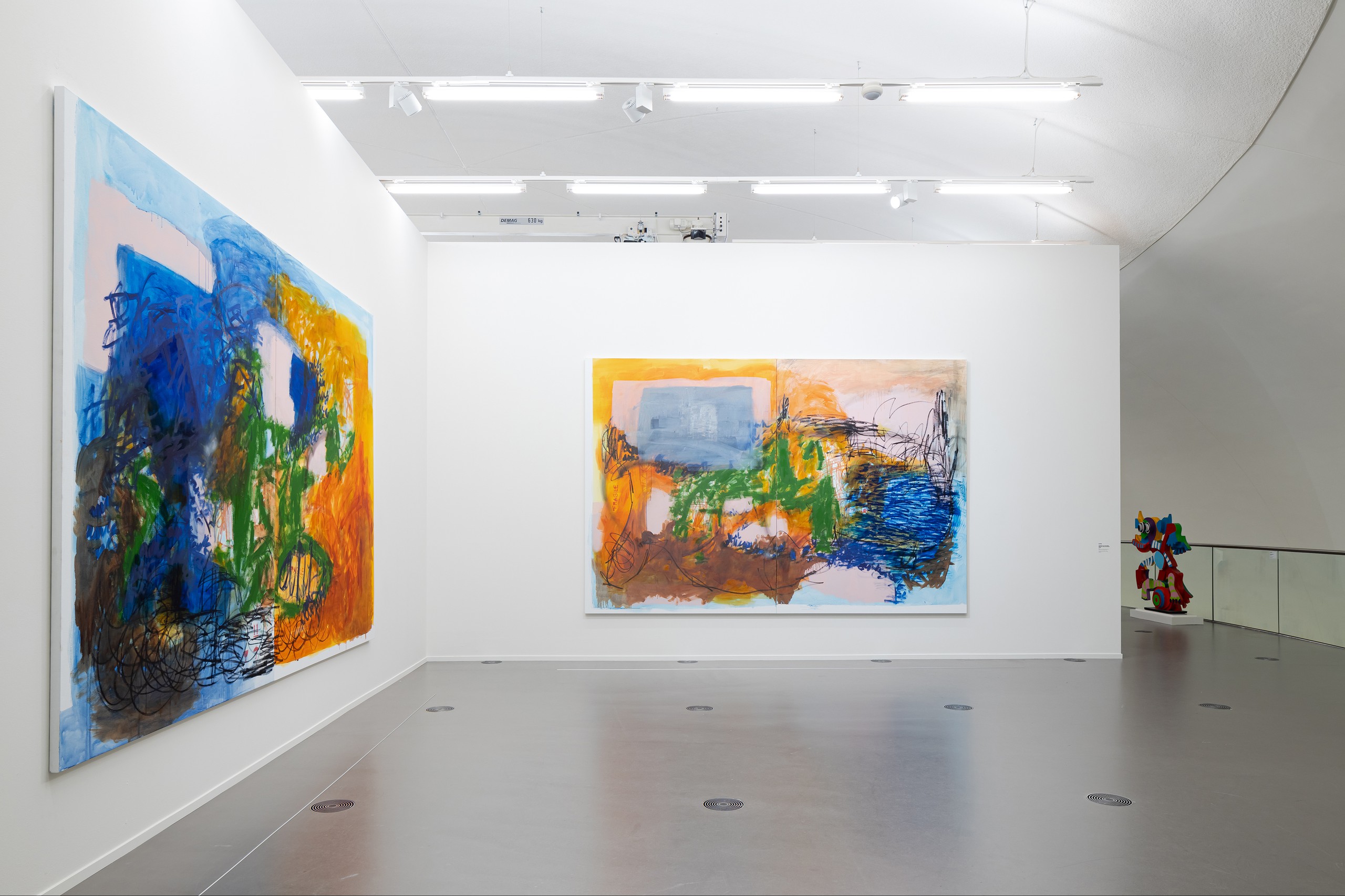
Installation view, Brave New World, Museum De Fundatie, Zwolle, 2023
58th Carnegie International: Is it morning for you yet?
Carnegie Museum of Art, Pittburgh, 2022
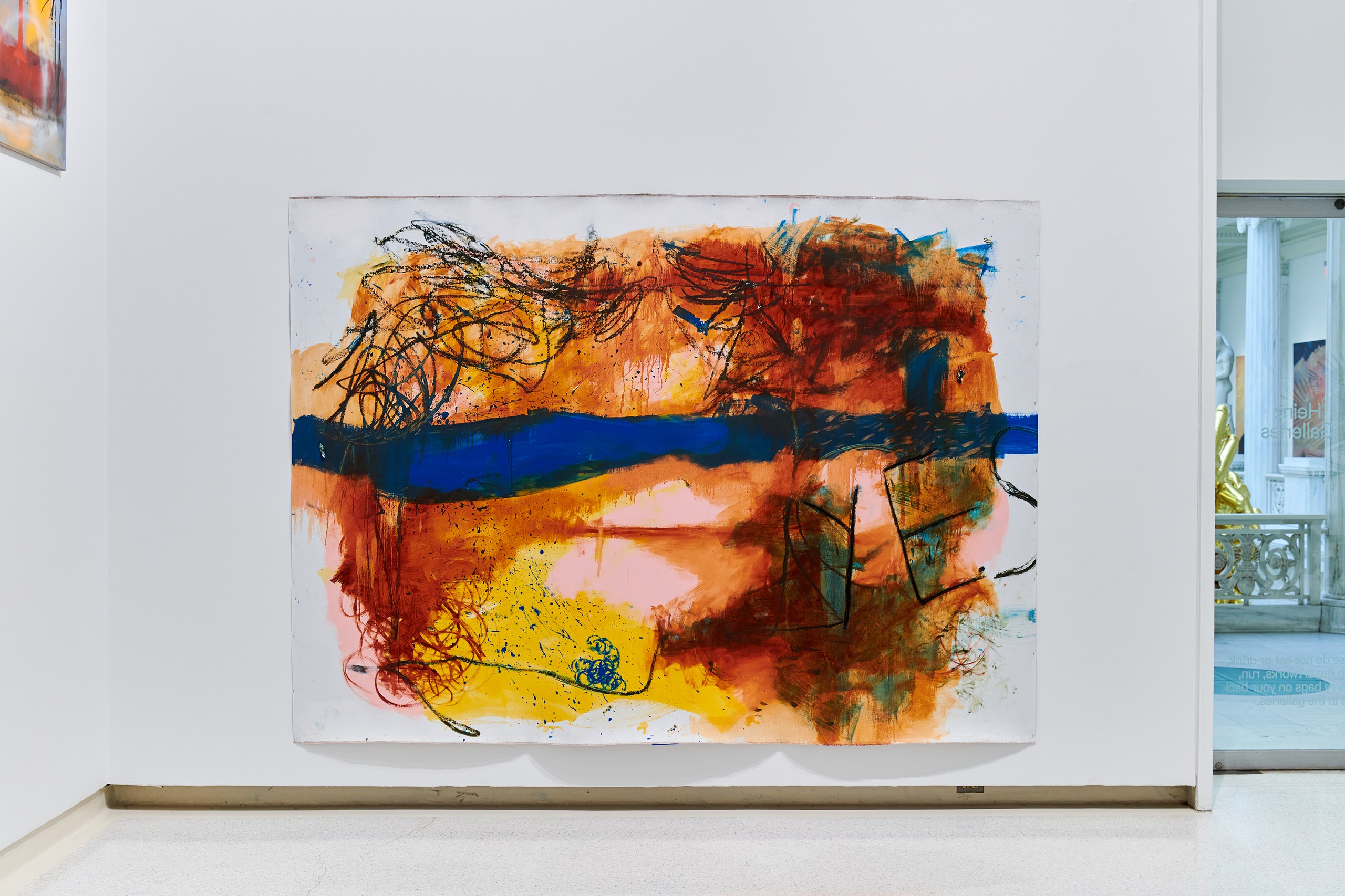
Anh Trần
Run to the rescue with love, 2022
Acrylic, oil, Flashe and oil stick on linen
222 × 304 cm // 87 × 120 in
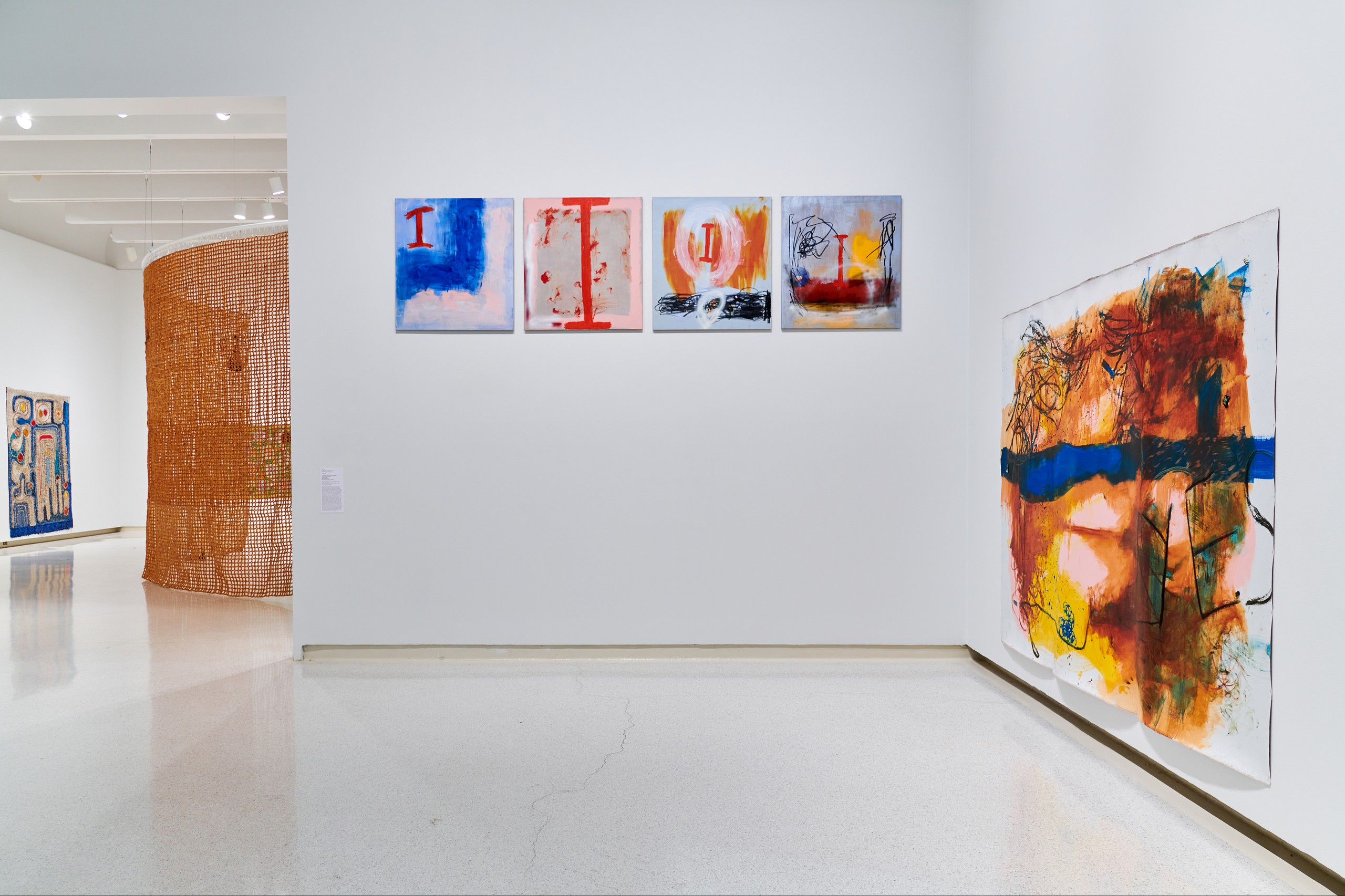
Installation view, 58th Carnegie International: Is it morning for you yet?, Carnegie Museum of Art, Pittburgh, 2022
Now that we have settled by the water’s edge
Galerie Fons Welters, Amsterdam, 2022
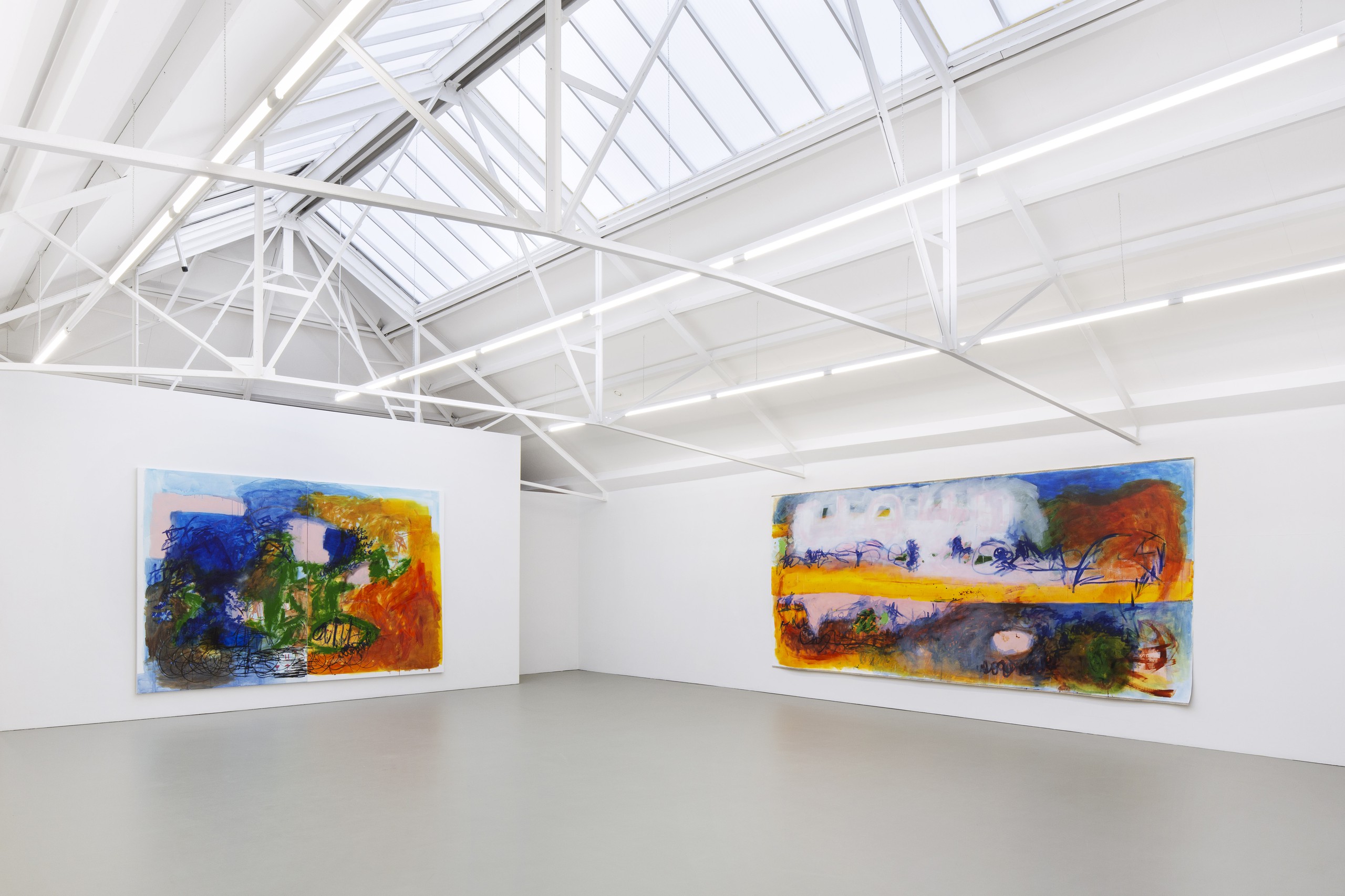
Installation view, Now that we have settled by the water’s edge, Galerie Fons Welters, Amsterdam, 2022
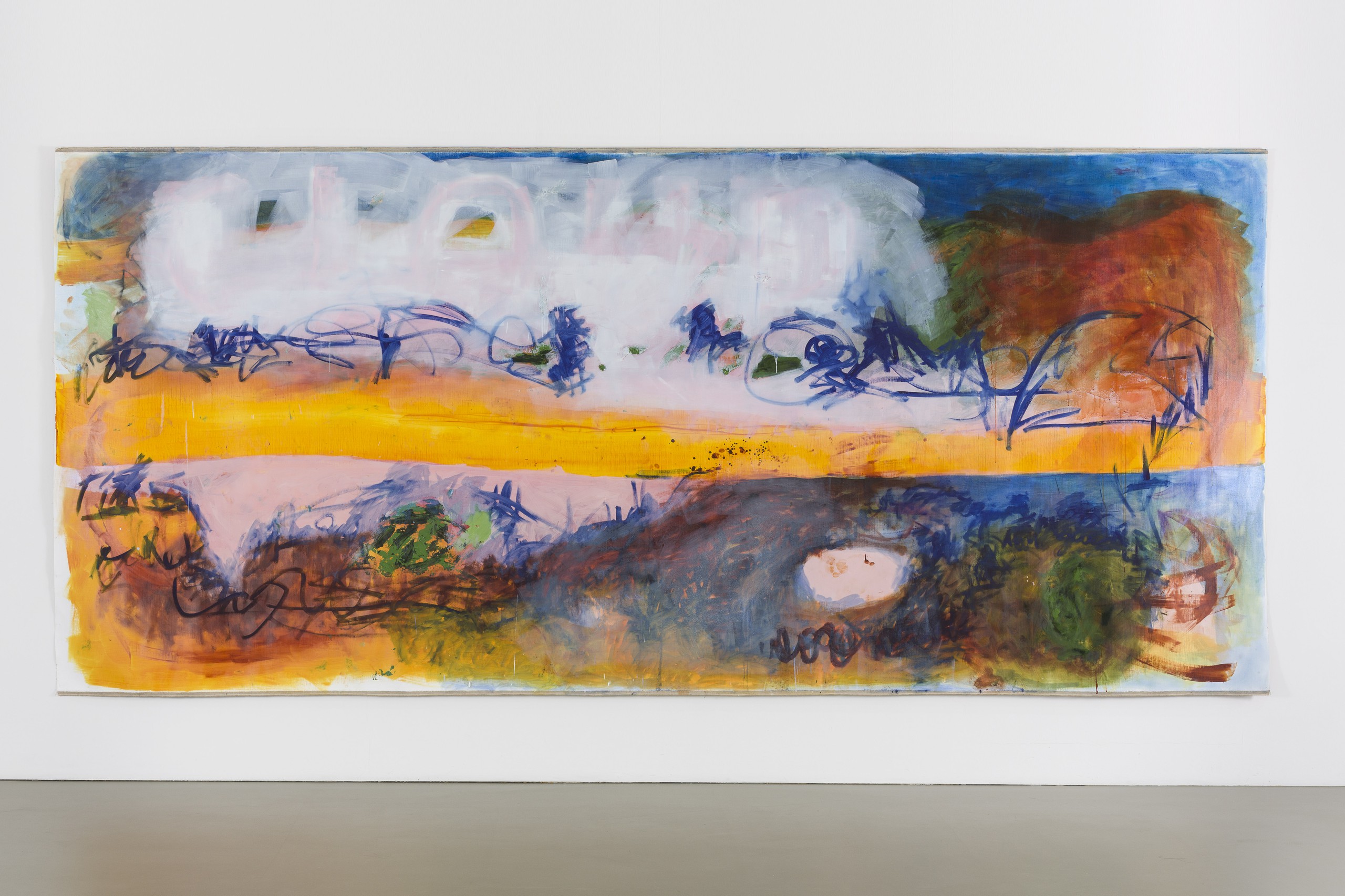
Anh Trần
The rescue will begin in its own time, 2022
Oil, acrylic, spray-paint and Flashe on linen
244 × 500 cm // 96 × 197 in
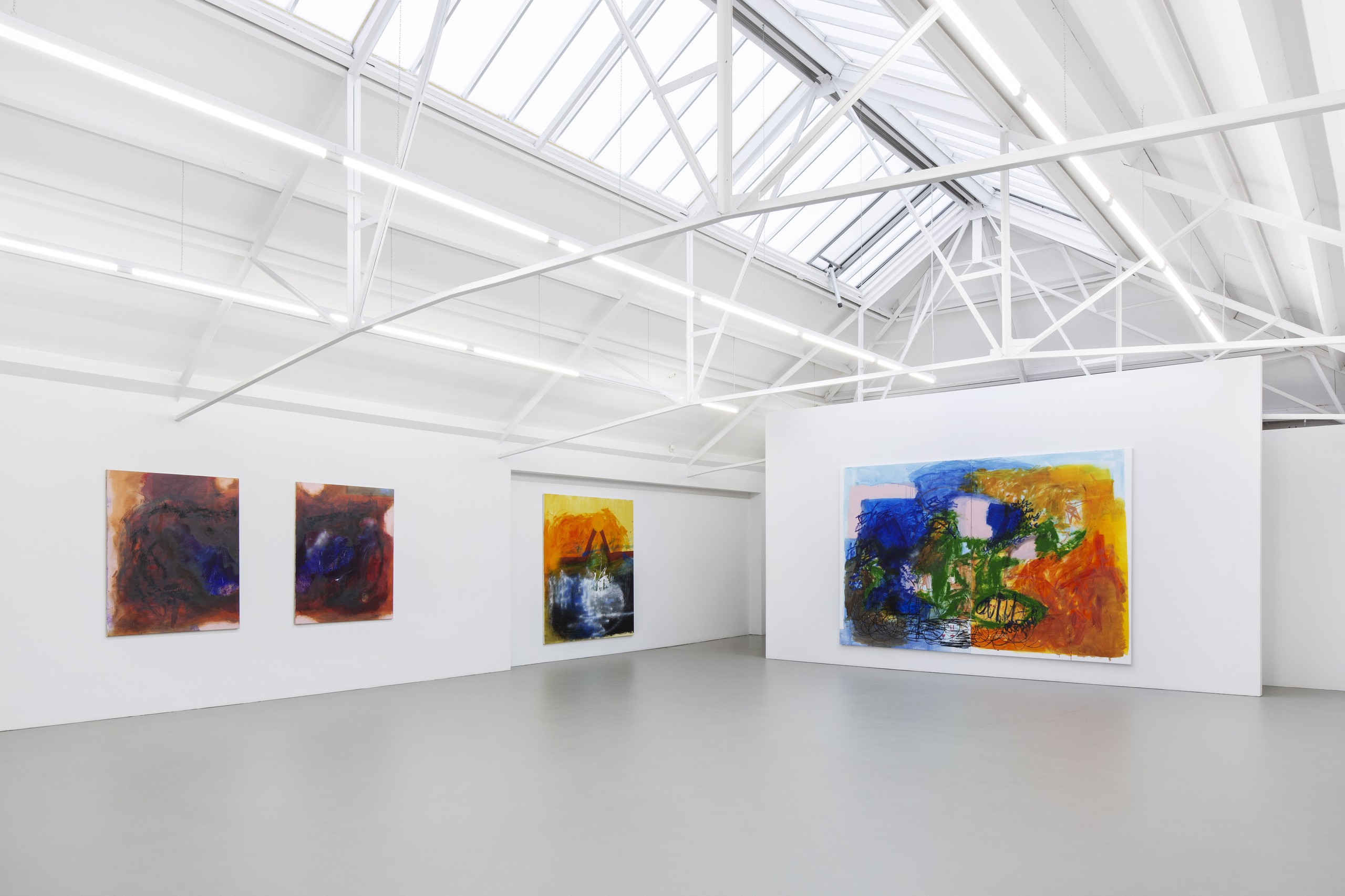
Installation view, Now that we have settled by the water’s edge, Galerie Fons Welters, Amsterdam, 2022
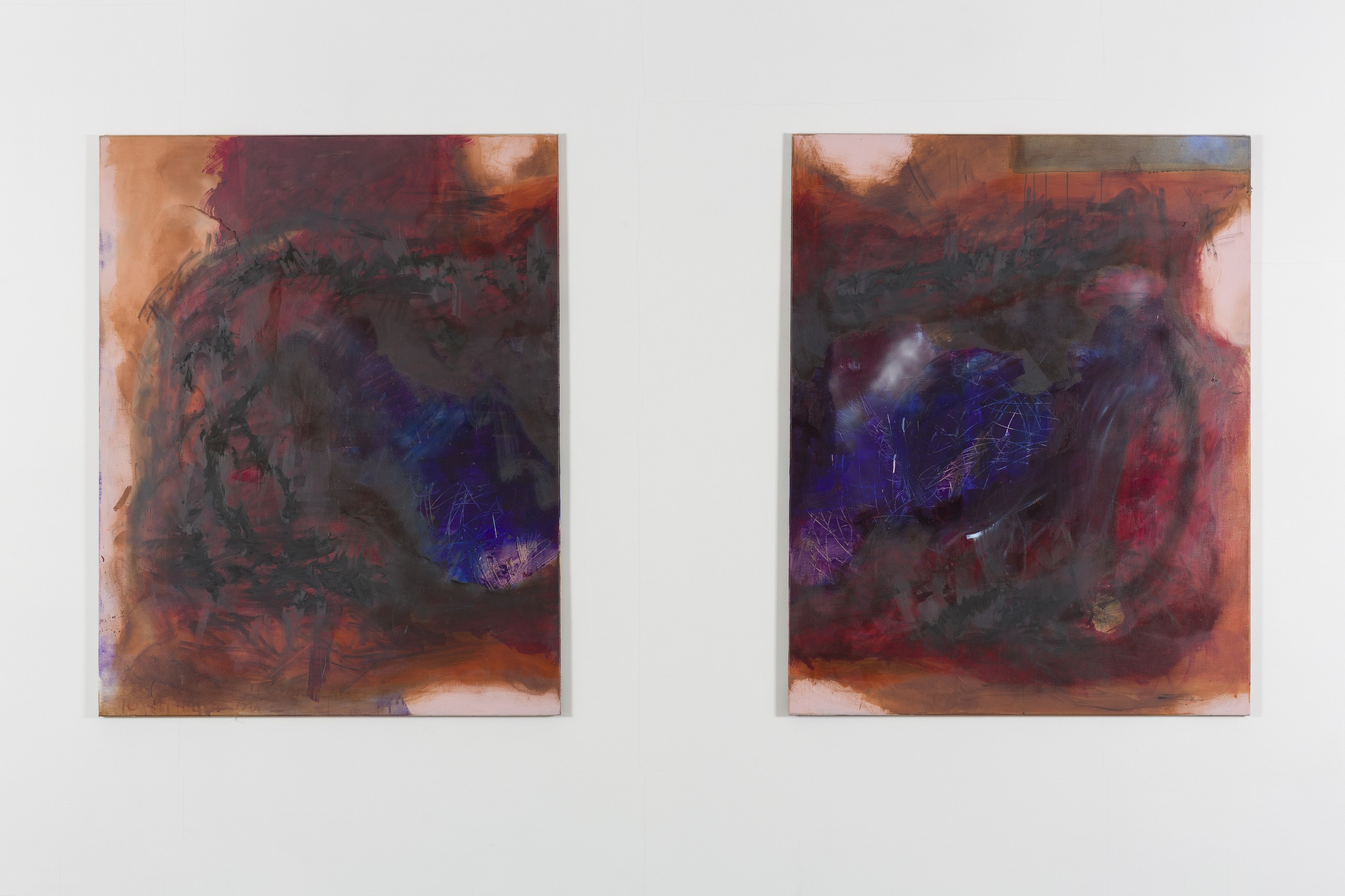
Anh Trần
Stilleven (who will wait for you at home), 2022
Oil, acrylic, spray paint and Flashe on linen
Diptych
Each 150 × 120 cm // 59 × 47 in
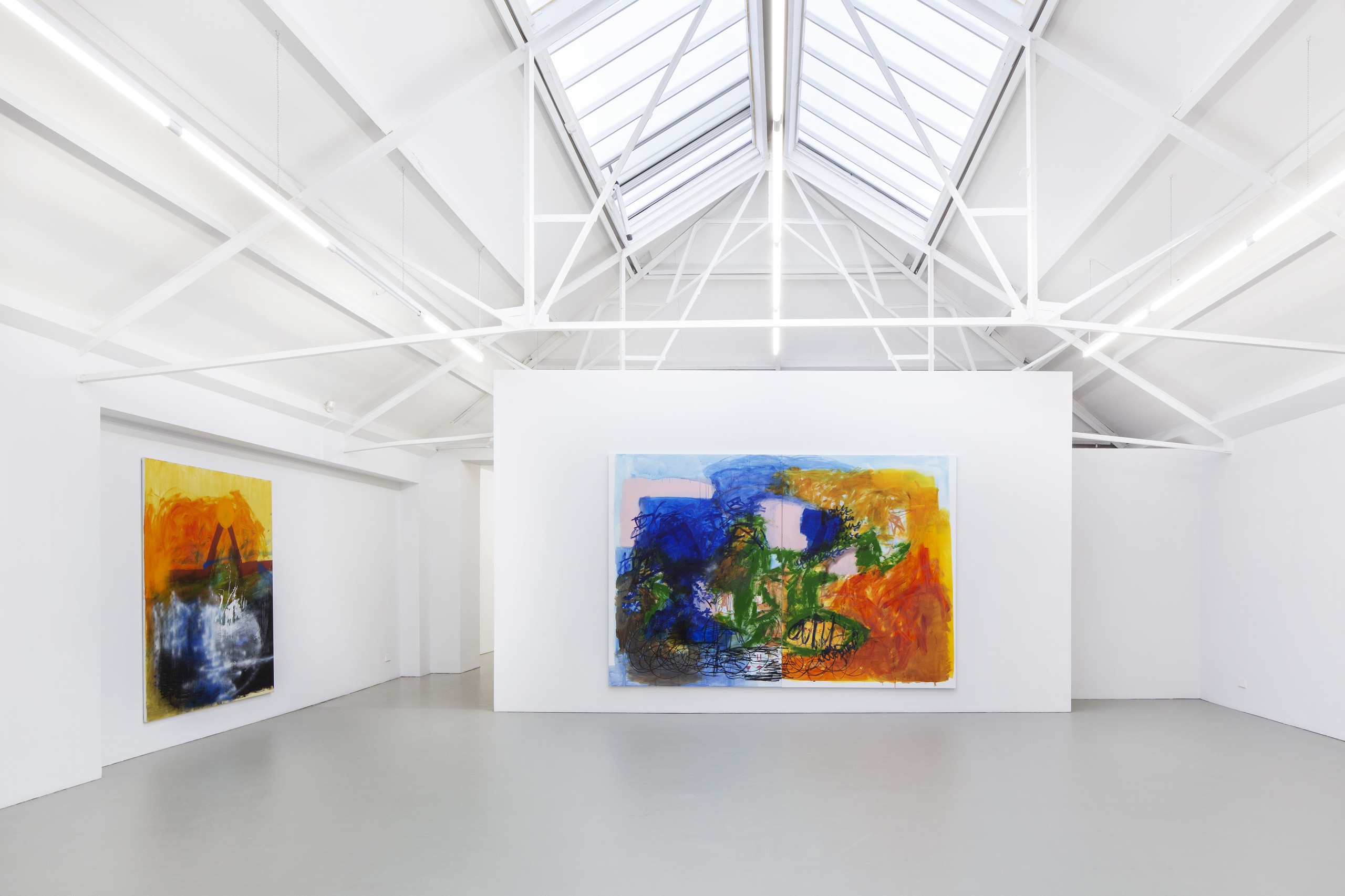
Installation view, Now that we have settled by the water’s edge, Galerie Fons Welters, Amsterdam 2022
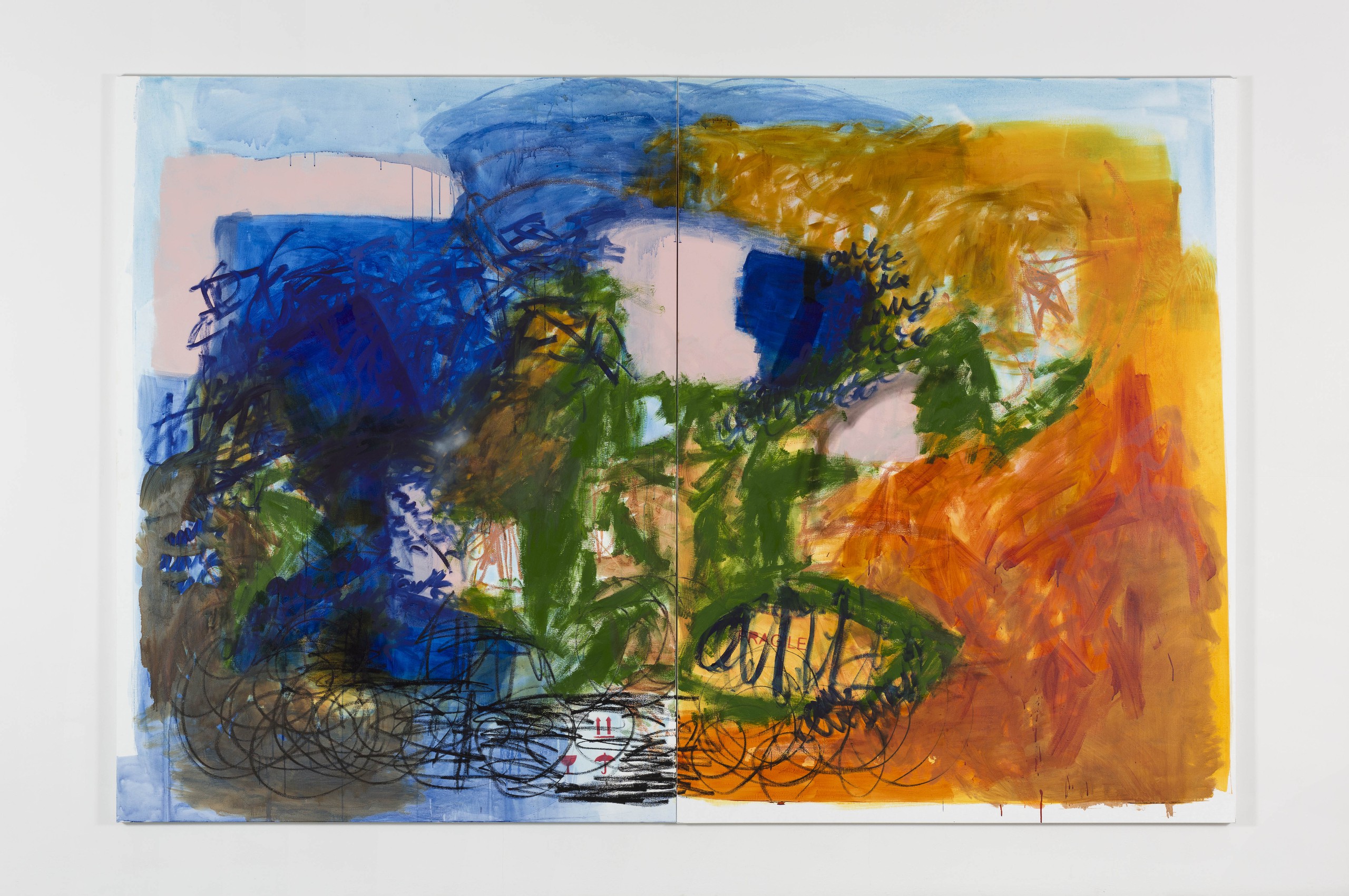
Anh Trần
Searching the Sky for Dreams (a pool in the rain), 2022
Oil, acrylic, spray paint and Flashe on linen
Diptych
Each 244 × 183 cm // 96 × 72 in
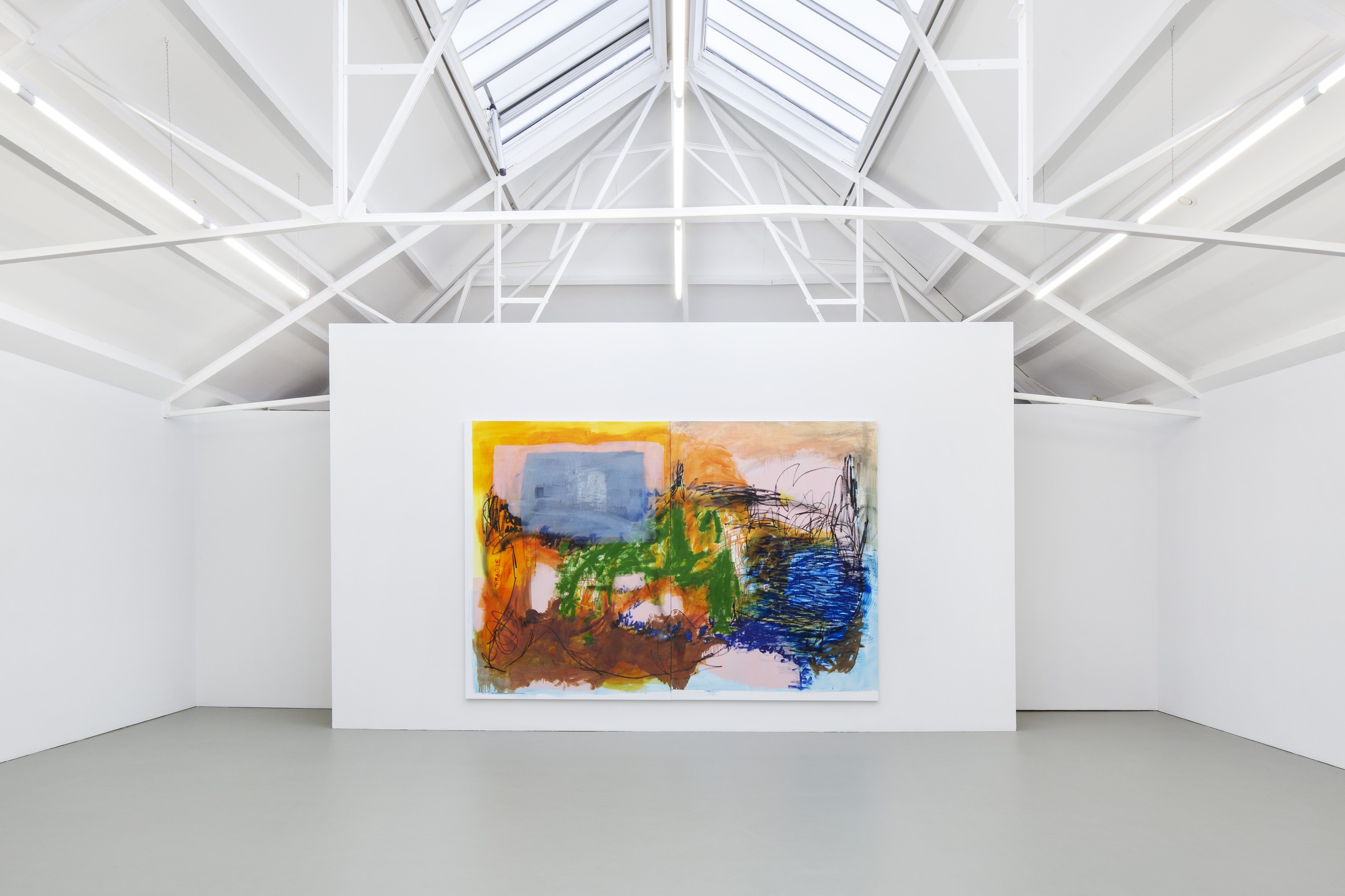
Installation view, Now that we have settled by the water’s edge, Galerie Fons Welters, Amsterdam 2022
Anh Trần
1989, Bến Tre, Vietnam
Lives and works in Berlin
Solo exhibitions
-
2023
MCMLXXXIX, Société, Berlin
Et puis, un jour, mon amour, tu sors de l’éternité, Fitzpatrick Gallery, Paris -
2022
Let us run, Plymouth Rock, Zürich
Now that we have settled by the water’s edge, Galerie Fons Welters, Amsterdam
Group exhibitions
-
2023
Soul Mapping, Zeno X Gallery, Antwerp
Fleshing Out The Ghost, Deborah Schamoni, Munich
Some Landscapes, Bortolami, New York
Brave New World, Museum de Fundatie, Zwolle -
2022
58th Carnegie International: Is it morning for you yet?, Carnegie Museum of Art, Pittsburg
The ‘t’ is silent, Painting Biennale, Museum Dhondt Dhaenens, Deurle, curated by Gabi Ngcobo & Oscar Murillo
Open Studios, Rijksakademie van beeldende kunsten, Amsterdam -
2021
Open Studios, Rijksakademie van beeldende kunsten, Amsterdam
-
2017
A trip to the beach, play_station, Wellington
